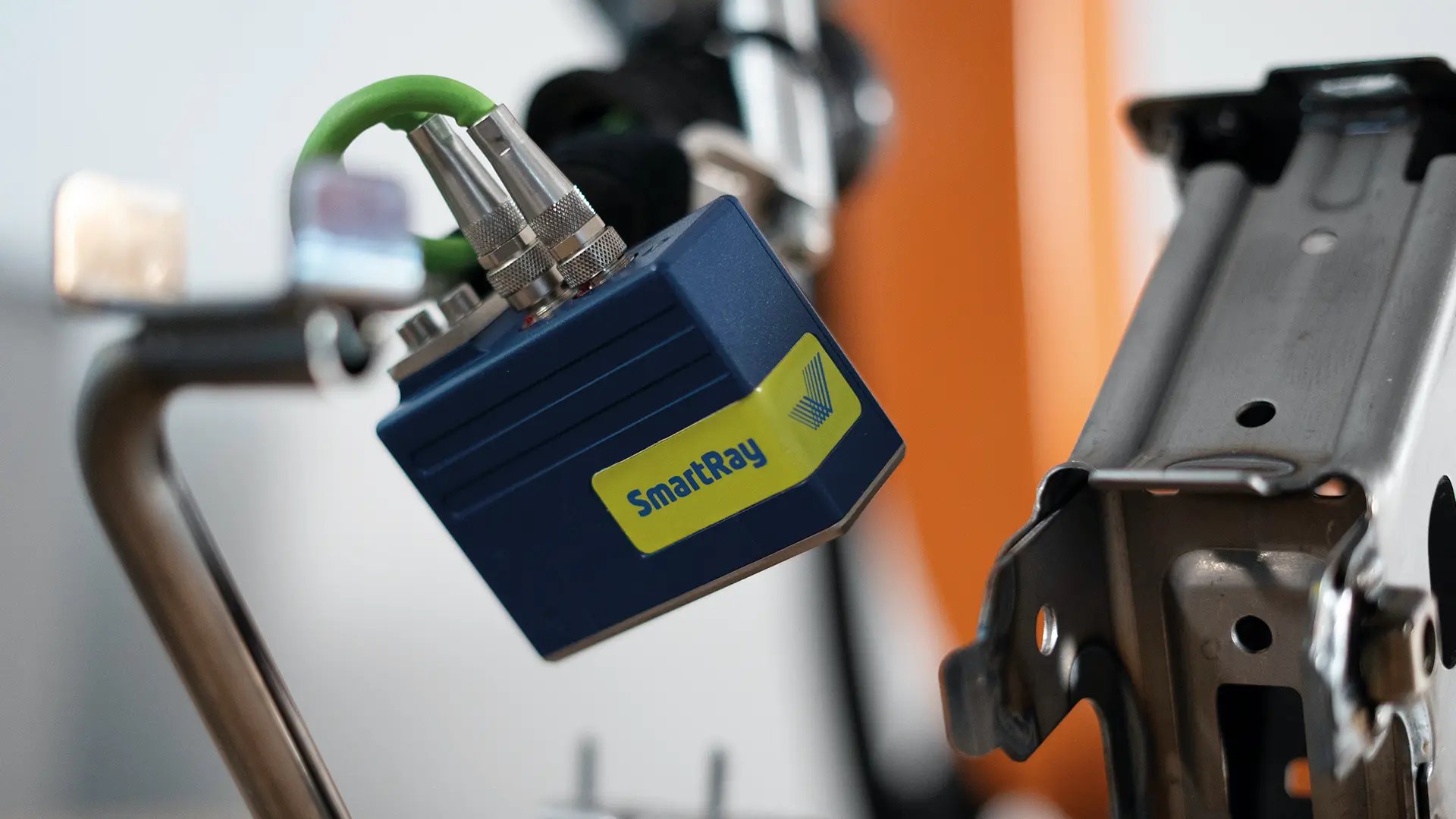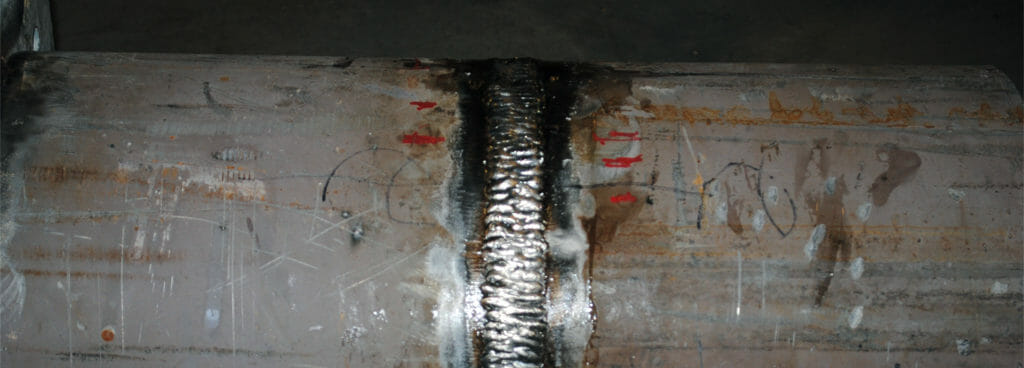Recognizing the Principles of Welding Assessment to Guarantee High Quality and Security
In the world of contemporary engineering, welding inspection stands as a cornerstone for ensuring both the top quality and security of structural creations. The procedure entails a careful analysis of welded joints, using innovative methods such as ultrasonic and radiographic testing to detect surprise flaws. The expertise of qualified examiners is important, as they connect the gap in between theoretical standards and sensible application. Their function extends past mere detection, incorporating the paperwork and communication of searchings for to relevant stakeholders. What are the nuances of these assessment methods that make them crucial for preserving architectural integrity?

Relevance of Welding Inspection
In the world of industrial construction, the relevance of welding assessment can not be overemphasized. Welding examination plays an essential duty in making certain the integrity, safety and security, and durability of welded structures (Welding Inspection Madison).
The procedure of welding inherently involves intricate variables, including temperature, product buildings, and ecological conditions, all of which can influence the top quality of the weld. A complete inspection determines problems such as cracks, porosity, and incomplete blend, which can compromise the toughness and integrity of the weld. By discovering these problems early, corrective actions can be taken, consequently lowering the risk of failure and connected expenses.
Furthermore, welding assessment adds to governing conformity, as many industries are governed by strict security criteria and standards. Failure to follow these guidelines can result in monetary penalties and lawful liabilities. Ultimately, welding inspection not only safeguards physical structures but additionally secures human lives and supports sector track records.

Trick Welding Evaluation Techniques
Although welding evaluation is critical to making sure the top quality and safety and security of bonded structures, it is the details methods employed that determine the efficiency of the evaluation process. Trick welding examination techniques can be generally categorized into non-destructive testing (NDT) and devastating screening.
Magnetic fragment screening and liquid penetrant testing are surface evaluation approaches utilized to situate surface area and near-surface flaws. These comprehensive examination approaches ensure that welds fulfill market criteria and safety and security requirements, therefore guaranteeing structural integrity and performance.
Role of Licensed Assessors
Certified inspectors play a pivotal function in the welding assessment procedure, making certain that all welds comply with rigid industry criteria and safety and security laws. Their knowledge is vital in determining problems or abnormalities that may endanger the architectural stability of a weld. By carefully checking out each weld, certified inspectors aid stop possible failures that could bring about harmful accidents or costly repairs.
To come to be qualified, inspectors must undergo extensive training and screening, which acquaints them with different welding methods, materials, and testing approaches. This extensive understanding allows them to review weld high quality efficiently and make informed judgments concerning their safety and security and integrity. Additionally, licensed inspectors are proficient in interpreting specs and plans, making certain that the welding work lines up with the task's style needs.
An indispensable component of their function is to document their searchings for completely, providing a detailed record of the evaluation process. Their payment is vital in maintaining high levels of top quality and safety and security in welding operations.

Devices Made Use Of in Welding Assessment
Welding assessors rely upon a range of specialized tools to perform their responsibilities successfully, making sure each weld satisfies the essential criteria. Among these tools, aesthetic assessment aids like multiplying glasses and mirrors are index basic, enabling inspectors to very closely examine welds for surface defects such as splits, porosity, and undercut. Calipers and fillet weld determines are crucial for determining weld dimensions to validate conformity with design requirements.
Advanced tools extend past visual help, including non-destructive testing (NDT) tools. Ultrasonic testing tools are essential in discovering subsurface flaws, utilizing audio waves to reveal inner interruptions without compromising the weld's honesty. Likewise, radiographic screening utilizes X-rays or gamma rays to record pictures of a weld's inside, highlighting prospective defects.
Magnetic fragment testing is an additional crucial device, particularly for detecting surface and near-surface stoppages in ferromagnetic materials. By using electromagnetic fields and ferrous bits, examiners can recognize defects that may otherwise be undetectable.
Dye penetrant examination is typically made use of for non-ferrous products, offering a contrast-enhanced aesthetic look for surface-breaking defects. Welding Inspection Madison. Together, these devices make it possible for welding examiners to adequately assess weld high quality, making certain safety and reliability in different applications throughout sectors
Ensuring Structural Stability

Welding treatments need to abide by established requirements and codes, such as those specified by the American Welding Culture (AWS) or the International Company for Standardization (ISO) These guidelines make certain that the welds can stand up to operational stresses and ecological elements. Qualified and certified welders play a critical function in this process, as their experience makes sure that techniques are used correctly, lessening defects such as splits, porosity, and incomplete combination.
Post-weld these details evaluation is one more essential component of validating architectural honesty. Non-destructive screening (NDT) techniques, including ultrasonic screening and radiographic screening, are employed to detect subsurface flaws without compromising the welded structure. These examinations verify that the welds fulfill the needed top quality standards, giving guarantee of their sturdiness and reliability. Ultimately, making certain structural stability in welding not just safeguards human lives but likewise shields investments and enhances the durability of crafted frameworks.
Final Thought
The basics of welding evaluation are essential for maintaining the top quality and security of bonded structures. The usage of specialized tools further boosts the evaluation procedure, eventually guarding human lives and extending the life-span of welded building and constructions.
Welding examination plays an important role in making sure the integrity, security, and longevity of welded frameworks.Although welding evaluation is essential to guaranteeing the top quality and safety of welded frameworks, it is the specific approaches utilized that establish the effectiveness of the assessment procedure. find Key welding assessment approaches can be broadly categorized right into non-destructive screening (NDT) and destructive testing.Licensed assessors play an essential duty in the welding inspection process, making sure that all welds abide with stringent market requirements and safety and security regulations.The fundamentals of welding evaluation are necessary for keeping the quality and safety of bonded frameworks.